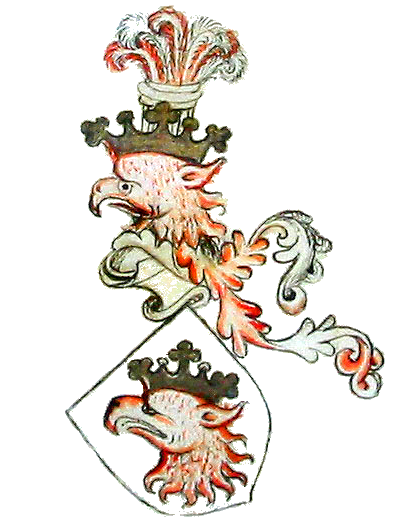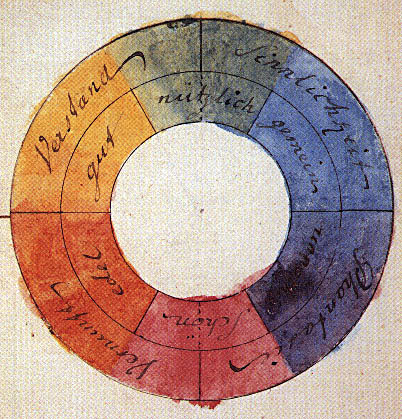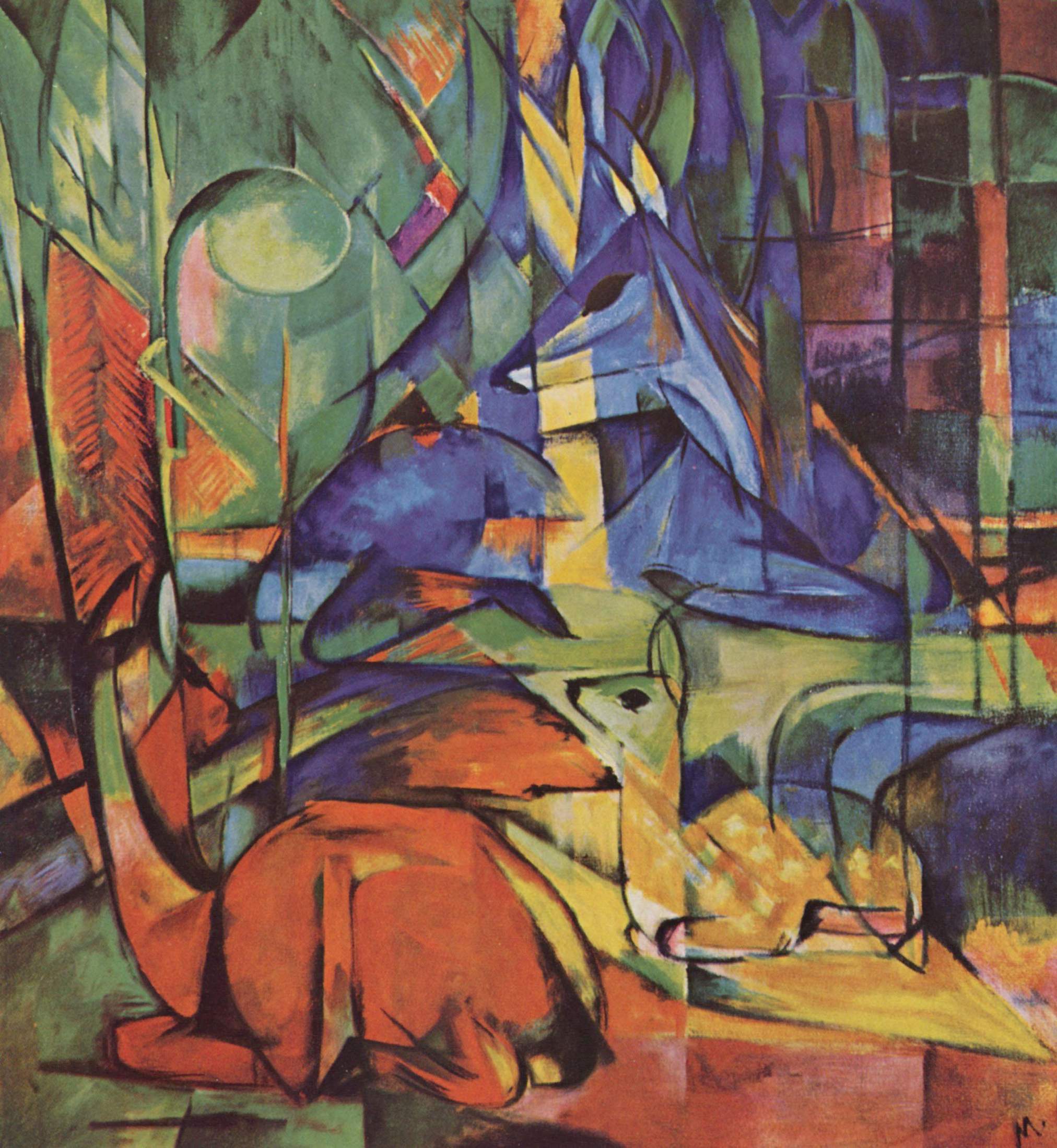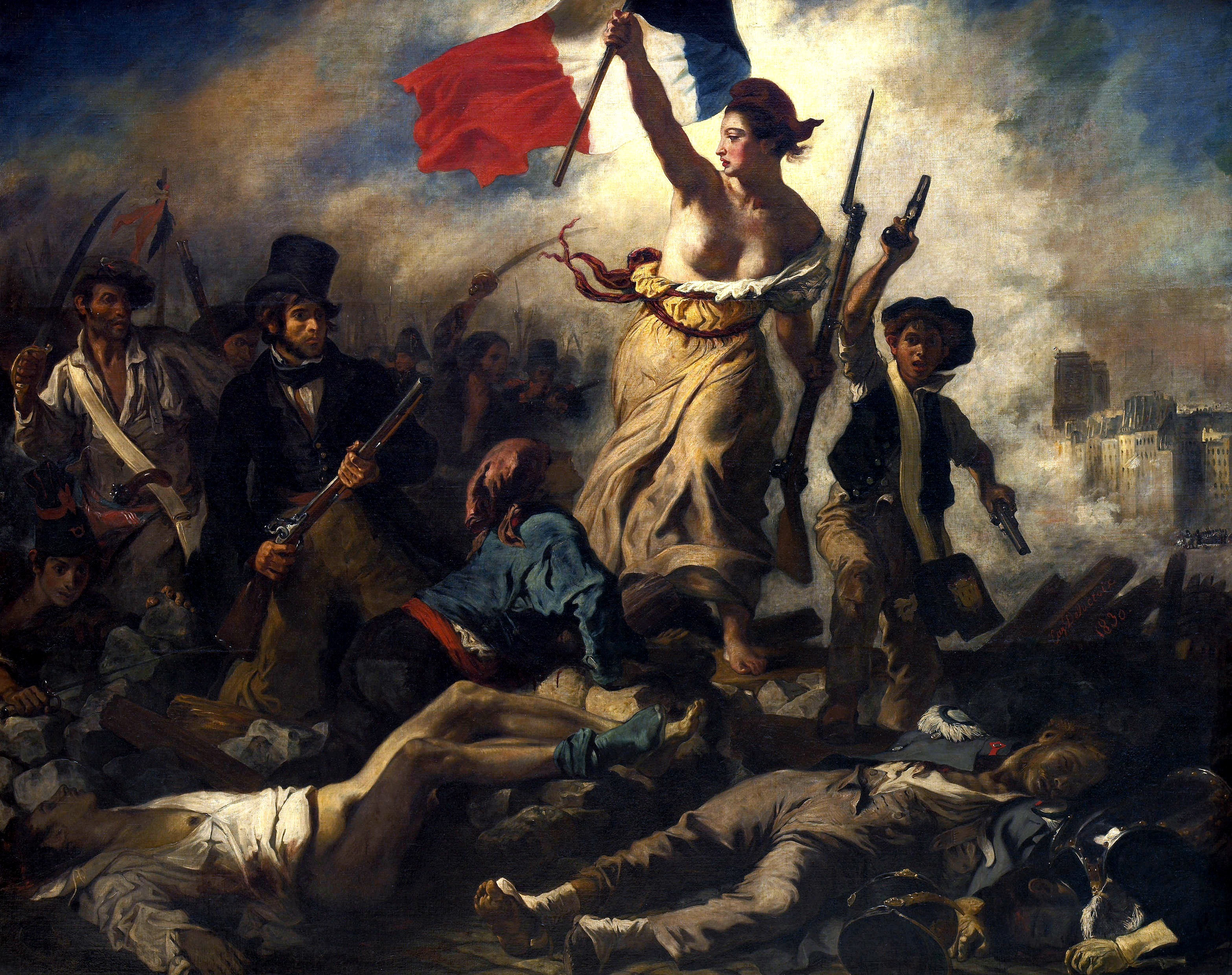|
Tora Vega Holmström
Tora Vega Holmström (March 2, 1880, Tottarp, Scania – January 28, 1967, Lund) was a Swedish painter. Early life and education Anna Tora Vega Elisabeth Holmström grew up with five siblings at Hvilan Community College in Åkarp, run by her parents. In what was Sweden's first community college, the young woman found an intellectually dynamic environment conducive to societal debates. From 1900 to 1902, Holmström studied at the Valand Academy in Gothenburg. She was admitted there thanks to her sister, who sent Holmström's drawings to Carl Wilhelmson, artist and director of the school of painting. Although aware of Holmström's talent, Wilhelmson replied in his letter:— "[...] however, she has one thing against her: her sex. Because a woman can never become an artist to be encouraged and God preserve us for those we already have." Career Holmström made several trips to France, Finland, England, the Netherlands, Belgium, and Algeria. At the Old Port of Marseille, she met one ... [...More Info...] [...Related Items...] OR: [Wikipedia] [Google] [Baidu] |
Scania
Scania, also known by its native name of Skåne (, ), is the southernmost of the historical provinces (''landskap'') of Sweden. Located in the south tip of the geographical region of Götaland, the province is roughly conterminous with Skåne County, created in 1997. Like the other former provinces of Sweden, Scania still features in colloquial speech and in cultural references, and can therefore not be regarded as an archaic concept. Within Scania there are 33 municipalities that are autonomous within the Skåne Regional Council. Scania's largest city, Malmö, is the third-largest city in Sweden, as well as the fifth-largest in Scandinavia. To the north, Scania borders the former provinces of Halland and Småland, to the northeast Blekinge, to the east and south the Baltic Sea, and to the west Öresund. Since 2000, a road and railway bridge, the Öresund Bridge, bridges the Sound and connects Scania with Denmark. Scania forms part of the transnational Øresund Region ... [...More Info...] [...Related Items...] OR: [Wikipedia] [Google] [Baidu] |
Peasant
A peasant is a pre-industrial agricultural laborer or a farmer with limited land-ownership, especially one living in the Middle Ages under feudalism and paying rent, tax, fees, or services to a landlord. In Europe, three classes of peasants existed: slave, serf, and free tenant. Peasants might hold title to land either in fee simple or by any of several forms of land tenure, among them socage, quit-rent, leasehold, and copyhold. In some contexts, "peasant" has a pejorative meaning, even when referring to farm laborers. As early as in 13th-century Germany, the concept of "peasant" could imply "rustic" as well as "robber", as the English term villain/ villein. In 21st-century English, the word "peasant" can mean "an ignorant, rude, or unsophisticated person". The word rose to renewed popularity in the 1940s–1960s as a collective term, often referring to rural populations of developing countries in general, as the "semantic successor to 'native', incorporating all i ... [...More Info...] [...Related Items...] OR: [Wikipedia] [Google] [Baidu] |
Rainer Maria Rilke
René Karl Wilhelm Johann Josef Maria Rilke (4 December 1875 – 29 December 1926), shortened to Rainer Maria Rilke (), was an Austrian poet and novelist. He has been acclaimed as an idiosyncratic and expressive poet, and is widely recognized as a significant writer in the German language.Biography: Rainer Maria Rilke 1875–1926 Poetry Foundation website. Retrieved 2 February 2013. His work has been seen by critics and scholars as having undertones of mysticism, exploring themes of experience and disbelief. His writings include one novel, several collections of poetry and several v ... [...More Info...] [...Related Items...] OR: [Wikipedia] [Google] [Baidu] |
Malmö
Malmö (, ; da, Malmø ) is the largest city in the Swedish county (län) of Scania (Skåne). It is the third-largest city in Sweden, after Stockholm and Gothenburg, and the sixth-largest city in the Nordic region, with a municipal population of 350,647 in 2021. The Malmö Metropolitan Region is home to over 700,000 people, and the Øresund Region, which includes Malmö and Copenhagen, is home to 4 million people. Malmö was one of the earliest and most industrialised towns in Scandinavia, but it struggled to adapt to post-industrialism. Since the 2000 completion of the Öresund Bridge, Malmö has undergone a major transformation, producing new architectural developments, supporting new biotech and IT companies, and attracting students through Malmö University and other higher education facilities. Over time, Malmö's demographics have changed and by the turn of the 2020s almost half the municipal population had a foreign background. The city contains many histo ... [...More Info...] [...Related Items...] OR: [Wikipedia] [Google] [Baidu] |
Baltic Exhibition
The Baltic Exhibition was held in Malmö, Sweden from 15 May to 4 October 1914. (The official closing date, September 30, was later extended by four days, as permitted in the general rules.) A Swedish world's fair The event showcased the industry, art and culture of Sweden, Denmark, Germany and Russia — the four countries then bordering the Baltic Sea. The city itself has no beaches on the Baltic, but there is one nearby at Øresund. The Baltic Games were held at the same time, and to this day, they were one of the largest sporting events ever held in Malmö. After the Olympics in Stockholm in 1912, interest in sports had rapidly increased in Sweden, and this was one of the reasons why the Baltic Games became so large. The games were divided into three competition periods: gymnastics (June 7-10), "traditional" competitive sports (June 28-July 12), and sailing (August 6-9). The swimming competitions, lasting for twelve days, attracted many internationally known athletes. For ... [...More Info...] [...Related Items...] OR: [Wikipedia] [Google] [Baidu] |
Dachau, Bavaria
Dachau () is a town in the Upper Bavaria district of Bavaria, a state in the southern part of Germany. It is a major district town—a ''Große Kreisstadt''—of the administrative region of Upper Bavaria, about north-west of Munich. It is now a popular residential area for people working in Munich, with roughly 45,000 inhabitants. The historic centre of town with its 18th-century castle is situated on an elevation and visible over a great distance. Dachau was founded in the 9th century. It was home to many artists during the late 19th and early 20th centuries; well-known author and editor Ludwig Thoma lived here for two years. The town is known for its proximity to the Dachau concentration camp, operated by Nazi Germany between 1933 and 1945, in which tens of thousands of prisoners died. Etymology The origin of the name is not known, it possibly originated with the Celts who lived there before the Germans came. An alternative idea is that it comes from the old high German ... [...More Info...] [...Related Items...] OR: [Wikipedia] [Google] [Baidu] |
Adolf Hölzel
Adolf Richard Hölzel (13 May 1853 – 17 October 1934) was a German painter. He began as a Realist, but later became an early promoter of various Modern styles, including Abstractionism. Biography Hölzel was born in Olmütz. His father was the publisher, Eduard Hölzel. In 1868, he completed a three-year apprenticeship as a typesetter at the map publishing firm of F.A.Perthes in Gotha. Three years later, he and his family moved to Vienna where the following year he enrolled at the Academy of Fine Arts, moving to the Academy of Fine Arts, Munich, in 1876, where he studied with Wilhelm von Diez. After completing his studies, Hölzel married and divided his time between Munich and Rothenburg ob der Tauber. In Munich, he became acquainted with Fritz von Uhde, who introduced him to Impressionism. Together with Von Uhde, Ludwig Dill and Arthur Langhammer, he helped create an art school, the Dachauer Malschule, in the nearby village of Dachau, which later became the keystone ... [...More Info...] [...Related Items...] OR: [Wikipedia] [Google] [Baidu] |
Color Theory
In the visual arts, color theory is the body of practical guidance for color mixing and the visual effects of a specific color combination. Color terminology based on the color wheel and its geometry separates colors into primary color, secondary color, and tertiary color. The understanding of color theory dates to antiquity. Aristotle (d. 322 BCE) and Claudius Ptolemy (d. 168 CE) already discussed which and how colors can be produced by mixing other colors. The influence of light on color was investigated and revealed further by al-Kindi (d. 873) and Ibn al-Haytham (d.1039). Ibn Sina (d. 1037), Nasir al-Din al-Tusi (d. 1274), and Robert Grosseteste (d. 1253) discovered that contrary to the teachings of Aristotle, there are multiple color paths to get from black to white. More modern approaches to color theory principles can be found in the writings of Leone Battista Alberti (c. 1435) and the notebooks of Leonardo da Vinci (c. 1490). A formalization of "color theory" ... [...More Info...] [...Related Items...] OR: [Wikipedia] [Google] [Baidu] |
Surrealism
Surrealism is a cultural movement that developed in Europe in the aftermath of World War I in which artists depicted unnerving, illogical scenes and developed techniques to allow the unconscious mind to express itself. Its aim was, according to leader André Breton, to "resolve the previously contradictory conditions of dream and reality into an absolute reality, a super-reality", or ''surreality.'' It produced works of painting, writing, theatre, filmmaking, photography, and other media. Works of Surrealism feature the element of surprise, unexpected juxtapositions and '' non sequitur''. However, many Surrealist artists and writers regard their work as an expression of the philosophical movement first and foremost (for instance, of the "pure psychic automatism" Breton speaks of in the first Surrealist Manifesto), with the works themselves being secondary, i.e. artifacts of surrealist experimentation. Leader Breton was explicit in his assertion that Surrealism was, above all, ... [...More Info...] [...Related Items...] OR: [Wikipedia] [Google] [Baidu] |
Expressionism
Expressionism is a modernist movement, initially in poetry and painting, originating in Northern Europe around the beginning of the 20th century. Its typical trait is to present the world solely from a subjective perspective, distorting it radically for emotional effect in order to evoke moods or ideas. Expressionist artists have sought to express the meaningVictorino Tejera, 1966, pages 85,140, Art and Human Intelligence, Vision Press Limited, London of emotional experience rather than physical reality. Expressionism developed as an avant-garde style before the First World War. It remained popular during the Weimar Republic,Bruce Thompson, University of California, Santa Cruzlecture on Weimar culture/Kafka'a Prague particularly in Berlin. The style extended to a wide range of the arts, including expressionist architecture, painting, literature, theatre, dance, film and music. The term is sometimes suggestive of angst. In a historical sense, much older painters such as ... [...More Info...] [...Related Items...] OR: [Wikipedia] [Google] [Baidu] |
Cubism
Cubism is an early-20th-century avant-garde art movement that revolutionized European painting and sculpture, and inspired related movements in music, literature and architecture. In Cubist artwork, objects are analyzed, broken up and reassembled in an abstracted form—instead of depicting objects from a single viewpoint, the artist depicts the subject from a multitude of viewpoints to represent the subject in a greater context. Cubism has been considered the most influential art movement of the 20th century. The term is broadly used in association with a wide variety of art produced in Paris (Montmartre and Montparnasse) or near Paris ( Puteaux) during the 1910s and throughout the 1920s. The movement was pioneered by Pablo Picasso and Georges Braque, and joined by Jean Metzinger, Albert Gleizes, Robert Delaunay, Henri Le Fauconnier, Juan Gris, and Fernand Léger. One primary influence that led to Cubism was the representation of three-dimensional form in the late works o ... [...More Info...] [...Related Items...] OR: [Wikipedia] [Google] [Baidu] |
Modernism
Modernism is both a philosophical and arts movement that arose from broad transformations in Western society during the late 19th and early 20th centuries. The movement reflected a desire for the creation of new forms of art, philosophy, and social organization which reflected the newly emerging industrial world, including features such as urbanization, architecture, new technologies, and war. Artists attempted to depart from traditional forms of art, which they considered outdated or obsolete. The poet Ezra Pound's 1934 injunction to "Make it New" was the touchstone of the movement's approach. Modernist innovations included abstract art, the stream-of-consciousness novel, montage cinema, atonal and twelve-tone music, divisionist painting and modern architecture. Modernism explicitly rejected the ideology of realism and made use of the works of the past by the employment of reprise, incorporation, rewriting, recapitulation, revision and parody. Modernism also rej ... [...More Info...] [...Related Items...] OR: [Wikipedia] [Google] [Baidu] |








